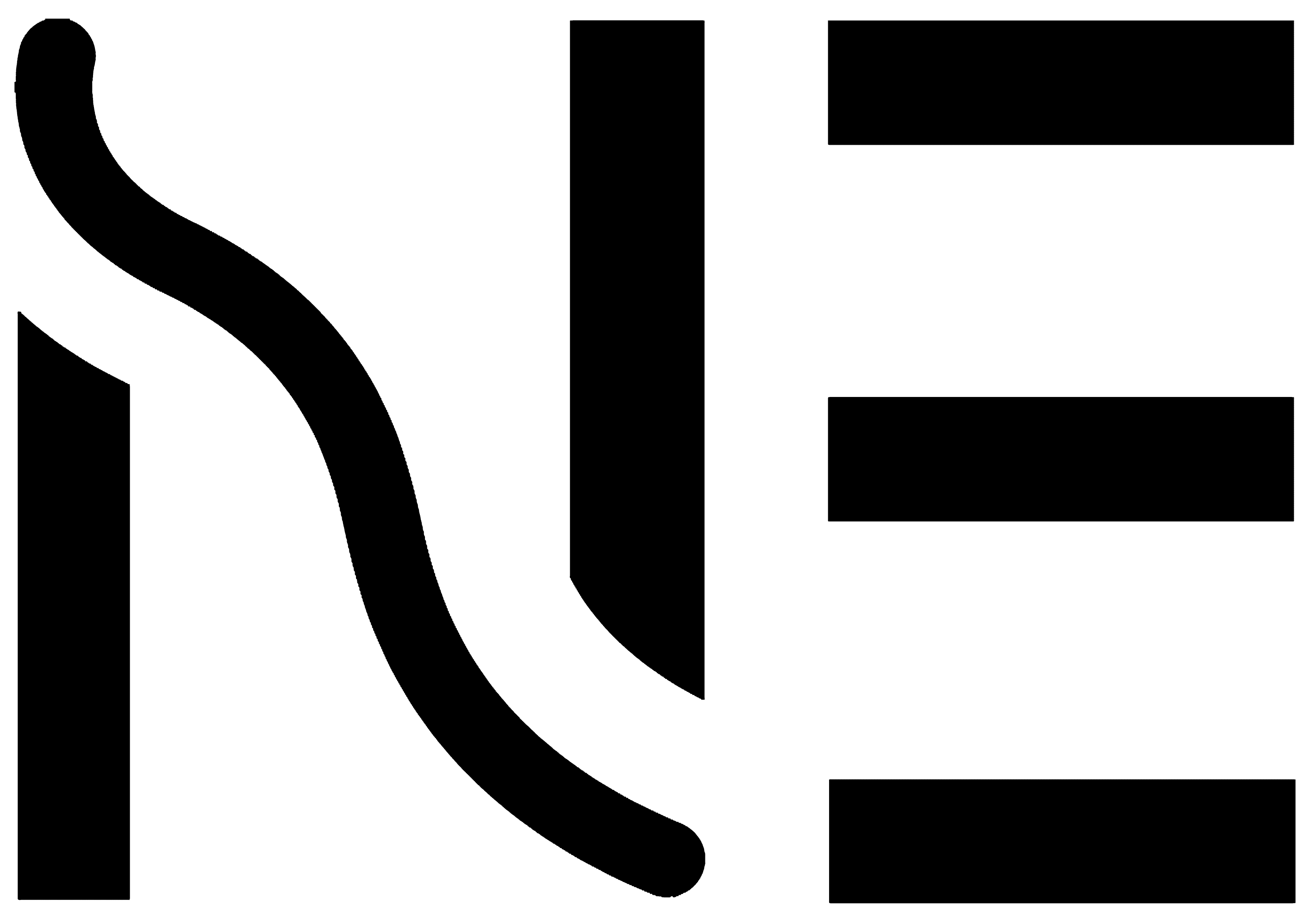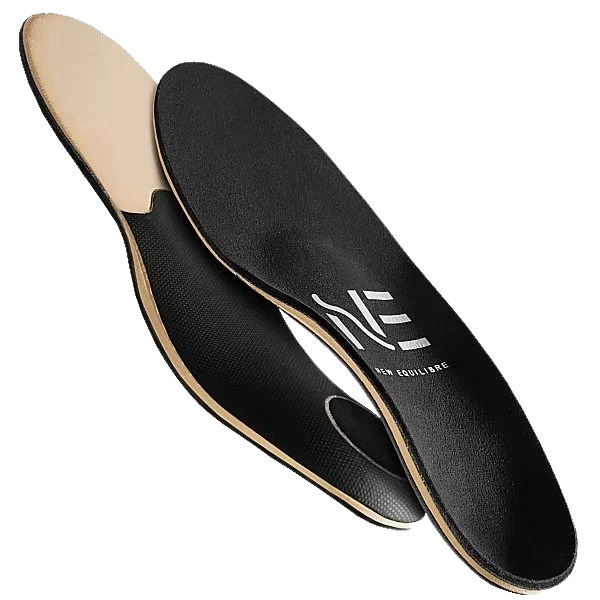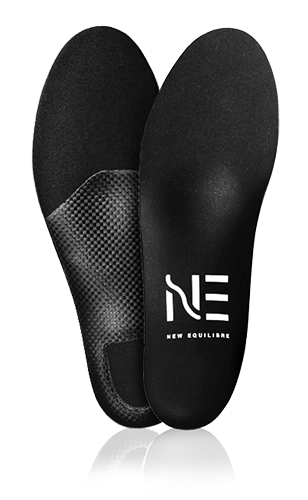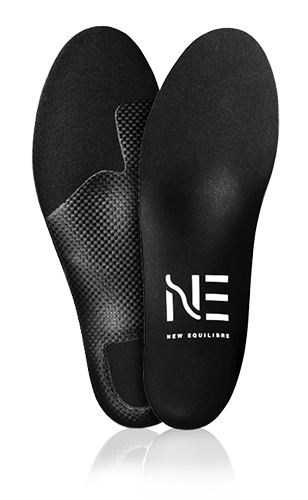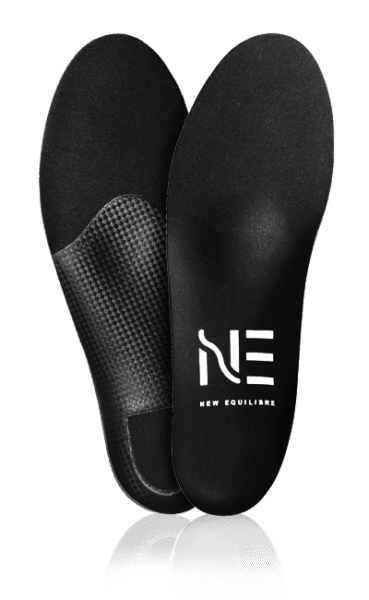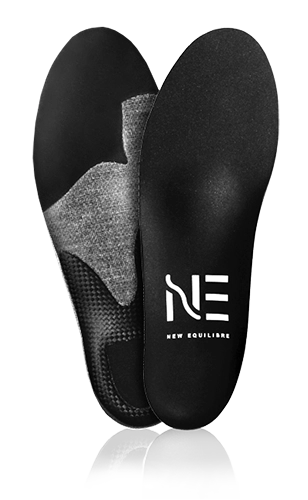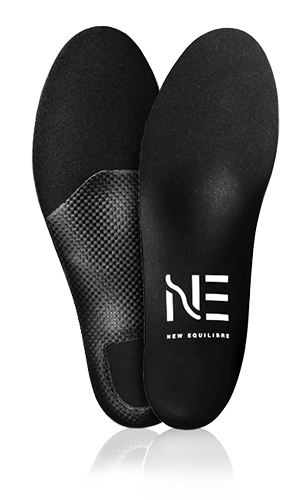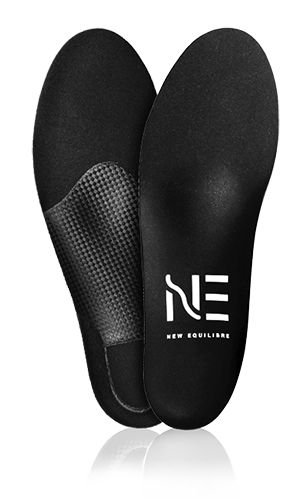Genu Varum
the complete guide
- Published on
- By New Equilibre
Genu varum, also known as bow legs, is an orthopedic condition in which the knees are spread apart while the ankles touch when the feet are together.
In this complete guide, we'll explore in detail the causes, symptoms and treatment options for genu varum.
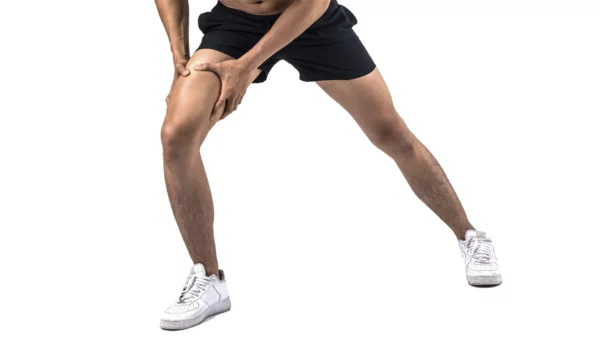
What is a genu varum?
The term “genu varum” refers to an orthopedic condition in which the knees are spread apart while the ankles touch when the feet are joined. In other words, the legs curve outwards at the knees, creating a gap between the knees when the feet are together.
Genu varum is also known by other names, such as “bowlegs”. This condition may be present from birth (congenital) or develop over time due to factors such as bone growth abnormalities, musculoskeletal disorders or bone diseases.
In mild cases of genu varum, the deformity may not cause significant problems and may even disappear naturally as the child grows. However, in more severe cases, genu varum can lead to symptoms such as joint pain, difficulty walking or running, or problems with posture and balance.
Treatment of genu varum depends on the underlying cause and the severity of the condition. It may include conservative measures such as muscle-strengthening exercises, orthopedic devices like orthoses or special shoes, physiotherapy or, in some cases, surgery to correct the deformity.
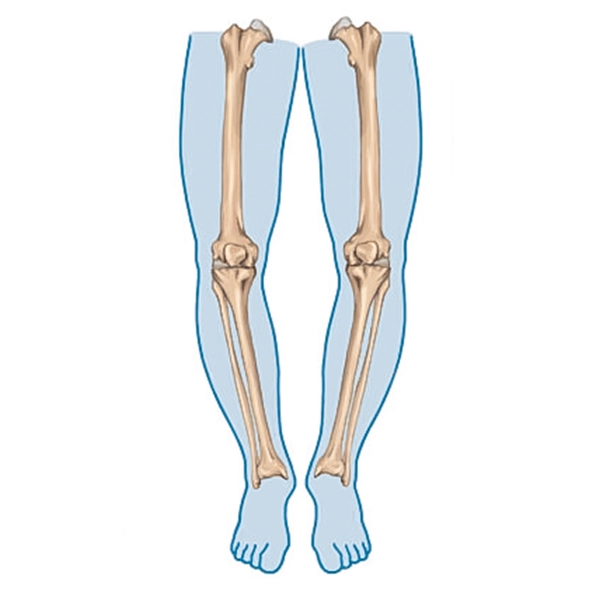
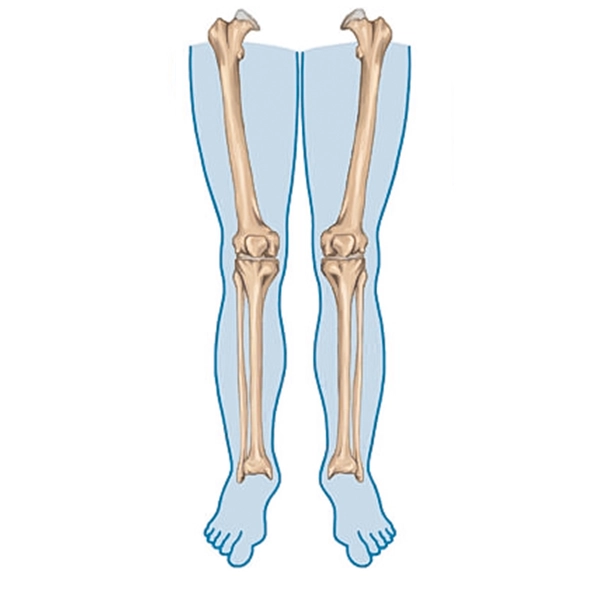
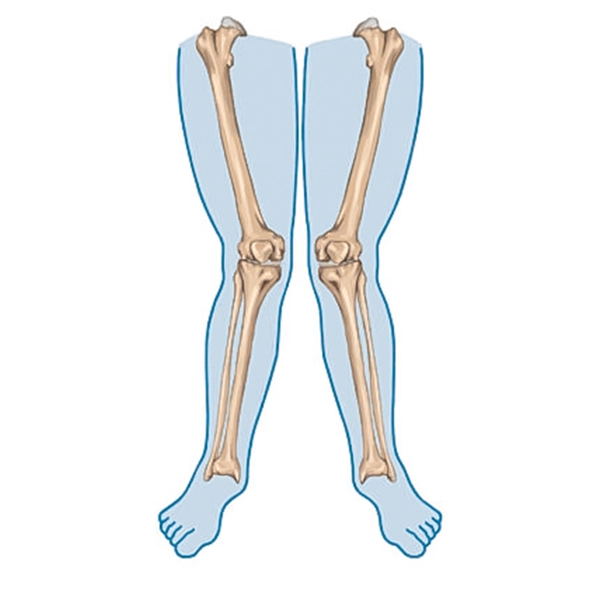
What causes bow legs?
Bow legs, medically known as genu varum, can have several causes, including:
- Congenital anomalies : Some people are born with bowed legs due to genetic or developmental factors that affect bone and joint growth.
- Bone growth disorders : Conditions such as rickets, which is a deficiency of vitamin D or calcium, or osteomalacia, which is a softening of the bones, can lead to bone deformities, including bowed legs.
- Posture problems : Poor posture can contribute to the development of bow legs, especially if maintained over long periods of time during growth.
- Muscle weakness : Weak muscles around the knees and ankles may not provide adequate support, leading to leg deformity.
- Bone diseases : Certain bone diseases, such as osteogenesis imperfecta (glass bone disease) or bone tumors, can lead to bone growth abnormalities, including bowed legs.
- Traumatic injuries : Poorly healed fractures or serious injuries to leg bones can also lead to deformities and bowed legs.
It's important to note that the exact cause of bow legs can vary from person to person, and in many cases, several factors can contribute to the development of this condition.
What are the symptoms of genu varum?
The symptoms associated with genu varum, or bow legs, can vary depending on the severity of the condition and individual factors. Common symptoms typically include:
- Visible deformation : Bowed legs are manifested by an outward curvature of the legs at knee level, while the ankles touch when the feet are joined. This deformity may be more or less pronounced, depending on the severity of the genu varum.
- Pain: Genu varum sufferers may experience pain in the knees, ankles or hips, particularly when standing or performing activities that put pressure on the joints.
- Discomfort: Discomfort or discomfort may be felt in the knees or ankles, especially after prolonged or intense physical activity.
- Abnormal gait : Bowed legs can affect a person's gait, giving them an abnormal or unstable gait.
- Difficulty walking or running: Some people may find it difficult to walk or run comfortably due to leg deformity and associated pain.
- Stability or balance problems : Bowed legs can lead to problems of stability or balance, which can make certain physical activities more difficult or dangerous.
It's important to note that symptoms can vary from person to person, and can be more or less severe depending on the severity of the genu varum.
How to correct genu varum?
The correction of genu varum, or bowed legs, depends on a number of factors, including the severity of the pathology, the underlying cause and the patient's age. Here are some treatment approaches that can be used to correct genu varum:
- Muscle-strengthening exercises : Exercises targeting leg muscles, especially those around the knees and ankles, may be recommended to strengthen muscles and improve joint stability.
- Foot orthotics (orthopedic insoles) : Orthopaedic devices such as orthopedic insoles can be prescribed to support the legs and help correct deformity. These foot orthoses are highly effective in rebalancing the axis of the feet, ankles and knees. They help limit pain and other pathologies associated with bowed legs.
- Physiotherapy : Physiotherapy can be recommended to help improve joint range of motion, strengthen muscles and correct muscle imbalances that contribute to genu varum.
- Orthopedic shoes : Specially designed shoes with arch support and proper alignment may be recommended to help correct posture and reduce pressure on joints.
- Surgery: In severe cases of genu varum that do not respond to conservative treatment, surgery may be considered. Surgery may involve an osteotomy, where the bones are cut and realigned, or other procedures to correct the deformity.
Orthopedic insoles for genu varum
Orthopedic insoles play an important role in the treatment of genu varum by providing additional support, correcting biomechanical imbalances and reducing pressure on the joints.
Here's how orthopedic inserts can benefit genu varum sufferers:
- Alignment correction : Orthopedic insoles can be designed to correct the alignment of the feet, ankles and knees, which can help reduce the leg deformity associated with genu varum.
- Pressure distribution : Orthopedic insoles evenly distribute the pressure exerted on the feet when walking or running, reducing stress on the joints and easing the pain associated with genu varum.
- Arch support : Orthotics provide additional arch support, helping to stabilize the feet and improve leg and knee alignment.
- Shock absorption : Orthopedic insoles are made from shock-absorbing materials that absorb shocks when walking or running, reducing pressure on joints and easing pain.
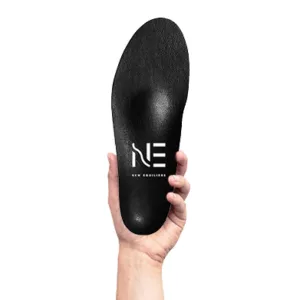
New Equilibre
Healthcare professionals specializing in the manufacture of orthopedic insoles for over 30 years. Clinically proven expertise with thousands of New Equilibre users and patients in orthopedic practices.
